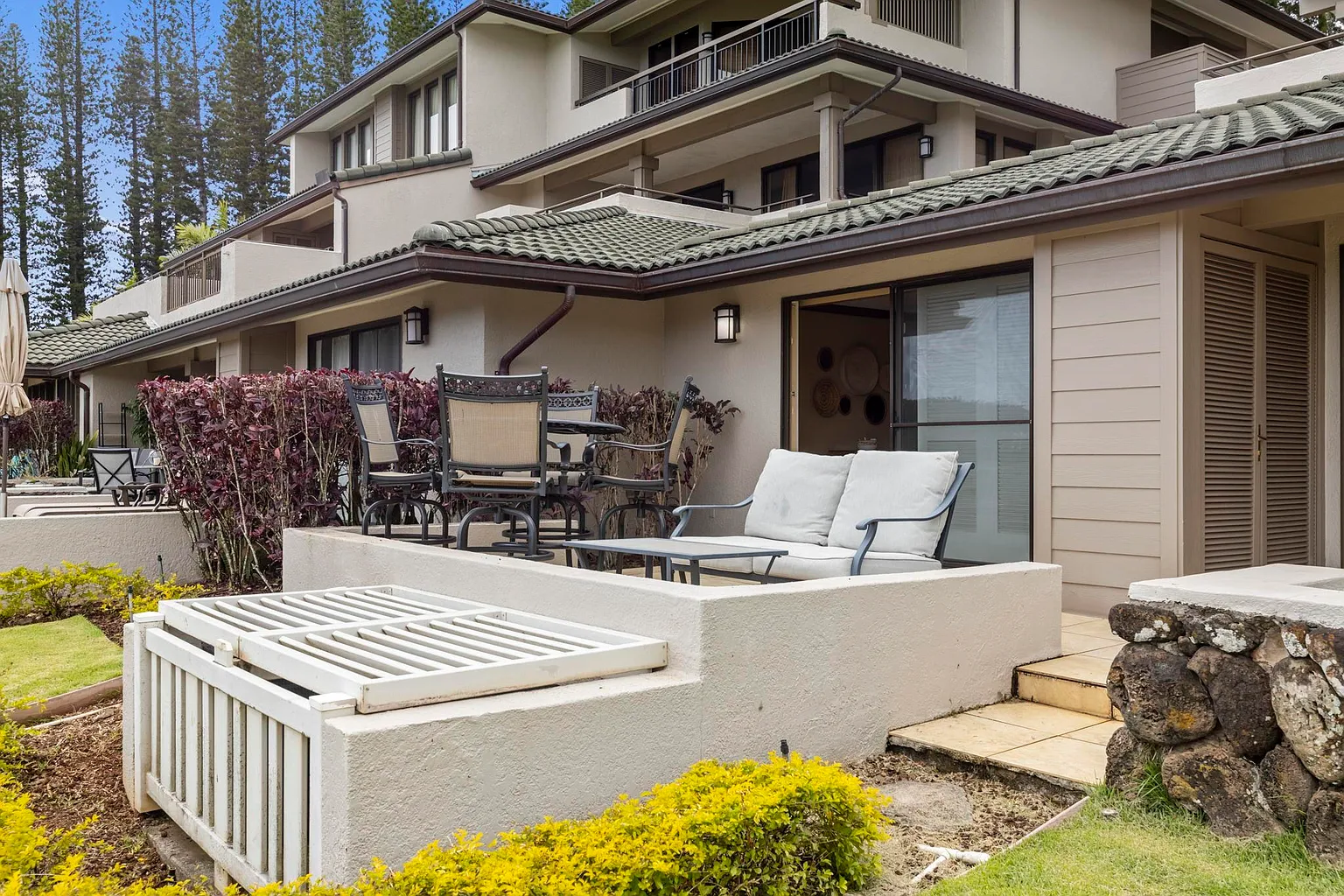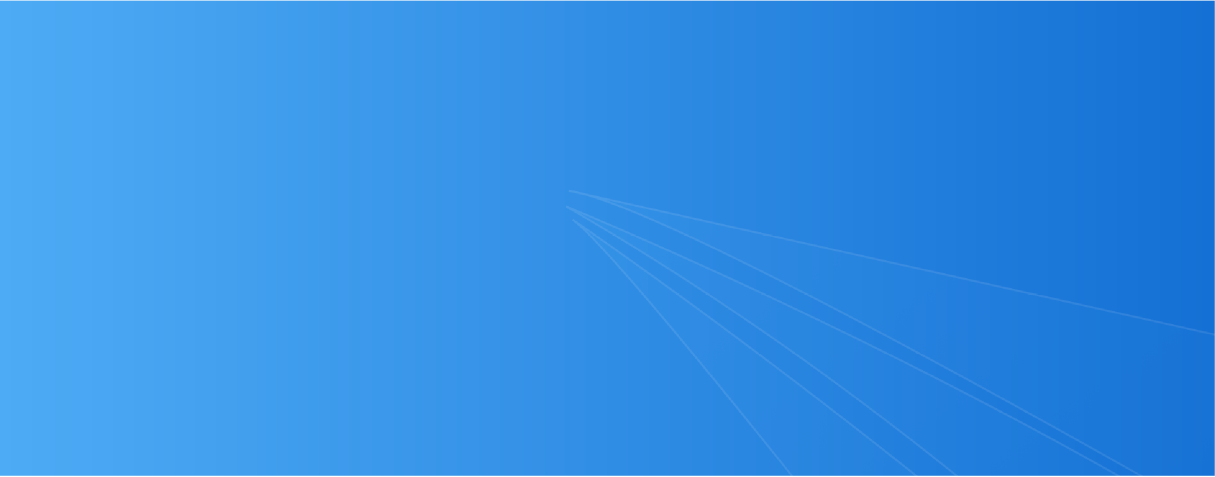Editorial Integrity
Making informed real estate decisions starts with having the right knowledge. At HomeAbroad, we offer US mortgage products for foreign nationals & investors and have a network of 500+ expert HomeAbroad real estate agents to provide the expertise you need. Our content is written by licensed mortgage experts and seasoned real estate agents who share insights from their experience, helping thousands like you. Our strict editorial process ensures you receive reliable and accurate information.
Key Takeaways:
➡️ Section 8 provides guaranteed rental payments from the government, ensuring reliable income for property owners.
➡️ The program attracts long-term tenants, reducing vacancy rates and offering stability for investors.
➡️ It is a unique, low-risk opportunity for real estate investors seeking steady cash flow in the US real estate market.
Table of Contents
Investing in Section 8 housing offers a lucrative opportunity for real estate investors. With guaranteed rental income, stable tenants, and government backing, it stands as a smart long-term investment.
This guide explores how Section 8 housing works, its benefits, and how foreign nationals can seize this opportunity.
What is Section 8 Housing?
Section 8, or the Housing Choice Voucher Program, is a federal initiative under the Department of Housing and Urban Development (HUD). It assists low-income families, the elderly, and people with disabilities by paying a portion of their rent directly to property owners.
This makes housing affordable in the private rental market while providing property owners with stable income.
Key Aspects of Section 8:
- Tenant-based vouchers: Vouchers stay with the tenant, allowing them to choose housing that meets program requirements.
- Project-based vouchers: Assistance is tied to specific housing units, meaning tenants cannot transfer the subsidy to another property.
- Program management: Public Housing Agencies (PHA) administer Section 8 in each region, ensuring that properties and tenants comply with HUD standards.
Understanding Tenant and Government Contributions to Section 8 Housing
In Section 8, the government typically covers the difference between 30% of a tenant’s monthly income and the total rent, up to a locally determined payment standard. Here’s a breakdown of how payments work:
- Tenant’s Contribution: Generally, tenants are responsible for paying 30% of their income toward rent and utilities.
- Government Subsidy: The PHA pays the remainder directly to property owners.
- Additional Costs: If a unit’s rent exceeds the HUD-determined payment standard, the tenant may cover the difference, but their total rent contribution cannot exceed 40% of their monthly income at the start of tenancy.
This system ensures affordable housing for tenants while guaranteeing stable payments for property owners.
Case Study: HomeAbroad’s Section 8 Property in Lorain, Ohio
To illustrate the financial benefits of investing in Section 8 housing, let’s look at a recent deal closed by HomeAbroad in Lorain, Ohio.
Our client, Sarah Williams (name changed for privacy) purchased a 7-bedroom, 2-bathroom single-family home at 1863 E 30th St for $140,000, a 6.04% discount from its listing price of $149,000.
The investor put down 25%, amounting to $35,000, leaving a loan amount of $105,000.
The Section 8 Housing Choice Voucher Program covers $2,656 per month for this property. After deducting the monthly Principal, Interest, Taxes, and Insurance (PITI) payment of $914, the investor enjoys a monthly cash flow of $1,742.
This case shows how investing in Section 8 properties can lead to substantial returns, especially when the tenant’s rent is partially subsidized by government payments.
Cash Flow Breakdown:
- Purchase price: $140,000
- Loan amount: $105,000
- PITI payment: $914/month
- Section 8 payout: $2,656/month
- Cash flow: $1,742/month
This investment demonstrates how Section 8 can provide consistent income, especially in affordable markets like Ohio, where housing demand is high, and government support ensures fair market rents.
How Does Section 8 Benefit Property Owners?
Investing in Section 8 properties comes with numerous advantages for property owners. One of the most significant benefits is the guaranteed rent payments.
Since the PHA (Public Housing Agency) directly pays a portion of the tenant’s rent, landlords are assured of receiving this income regularly, even if the tenant faces financial challenges. This eliminates the common risk of rental defaults, providing investors with a reliable source of income.
Additionally, Section 8 properties often have lower vacancy rates. The demand for affordable housing is high, and many families stay long-term because the rental assistance they receive makes it difficult to find comparable housing elsewhere.
This stability benefits property owners who want to avoid the costs and hassle associated with frequent tenant turnover.
Lastly, Section 8 housing offers an opportunity for foreign nationals looking to enter the US real estate market. By investing in government-backed programs, international investors gain access to a secure and steady income stream, reducing the perceived risks of investing in the private market.
Key Benefits for Property Owners:
| Benefit | Details |
| Guaranteed Rent Payments | HUD ensures timely payment for a portion of the rent, reducing payment risks. |
| Lower Vacancy Rates | High demand for affordable housing ensures a stable tenant pool. |
| Stable Cash Flow | Section 8 ensures consistent rental income, even in challenging markets. |
Understanding the Application Process for Property Owners
Listing your property in the Section 8 program involves several steps.
- Contact Your Local PHA: First, property owners must contact their local Public Housing Agency (PHA) to submit their rental units for consideration.
- Pass Housing Quality Standards (HQS): The PHA inspects the property to ensure it meets housing quality standards. These standards ensure the home is safe, clean, and in good condition, and they align with fair housing regulations.
- Sign a Housing Assistance Payment (HAP) Contract: Once the inspection is complete and the unit is approved, the property can be listed as part of the Section 8 program. Tenants, who hold housing choice vouchers, can then choose your unit, and once selected, you’ll sign a Housing Assistance Payments (HAP) contract with the PHA.
Important Note: Property owners cannot charge more than the HUD-determined fair market rent for Section 8 units, though this amount is often competitive with private market rates.
Section 8 Housing in the Private Market: What Investors Need to Know
Section 8 operates differently in the private rental market compared to traditional rental properties. While tenants can choose their housing, they are limited to units that meet HUD’s standards and where the rent does not exceed the payment standard set for the area.
How does it work?
- Fair Market Rents (FMRs):
HUD, which is the Federal Housing Agency, sets rental prices based on what it costs to live in different areas. These prices are called Fair Market Rents (FMRs), and they make sure that landlords offering Section 8 housing can get a competitive rental rate for their units. So, even though tenants have assistance, the landlord still earns a fair rental income that’s in line with local market prices.
- Portability:
If a Section 8 tenant wants or needs to move (for example, if they get a new job in a different area), they don’t have to leave the Section 8 program behind. Instead, their voucher “travels” with them, meaning they can take their rental assistance to another approved property. This portability reduces turnover because tenants can stay in the program and remain in stable housing as they relocate.
- Stable Occupancy:
Because there’s a high demand for affordable housing, Section 8 properties generally have lower vacancy rates. In other words, once a tenant moves in, they’re likely to stay longer since affordable housing options are limited. This is a big plus for property owners, who don’t have to worry as much about vacancies or the costs of finding new tenants.
Tips for Real Estate Investors Investing in Section 8 Housing
Investing in Section 8 housing can be highly rewarding, providing steady income with the security of government-backed rental assistance. Here are key tips for investors looking to benefit from this opportunity:
Tips for Real Estate Investors:
- Leverage Guaranteed Payments: With Section 8, a portion of the rent is paid directly by the government, offering reliable monthly income and reducing the risk of missed payments.
- Enjoy Long-Term Tenant Stability: Section 8 attracts tenants who often stay long-term due to limited affordable housing options, which reduces vacancy rates and turnover costs for property owners.
- Understand Program Requirements: Section 8 properties must meet specific Housing Quality Standards (HQS) set by HUD. Ensuring your property meets these standards will help you successfully participate in the program and attract qualified tenants.
- Consider Location for Demand: Section 8 housing demand can vary by area. Investing in locations with high demand for affordable housing can further reduce vacancy risks and increase rental income potential.
By following these tips, real estate investors can navigate the Section 8 program with greater confidence and optimize their investments for stable returns and long-term growth.
Why Section 8 Housing is a Smart Investment for Long-Term Cash Flow
Investing in Section 8 housing offers numerous advantages for property owners, including guaranteed payments, long-term tenants, and lower vacancy rates.
For foreign nationals, it presents a unique opportunity to enter the US real estate market with government-backed stability. With the right property, Section 8 housing can be a reliable source of long-term cash flow, making it an attractive option for any investor.
1. What is Section 8?
Section 8 is a housing assistance program run by HUD that helps low-income families afford rental housing in the private market.
2. How does Section 8 benefit property owners?
Section 8 provides guaranteed rent payments and lower vacancy rates, making it a reliable investment opportunity for property owners.
3. How do I apply as a property owner for Section 8 tenants?
You can apply by contacting your local Public Housing Agency (PHA), ensuring your property meets housing quality standards, and submitting your rental unit for approval.


![How to Invest in Section 8 Housing: A Complete Guide [2025]](https://homeabroadinc.com/wp-content/uploads/2024/11/Section8Banner-500x325.jpg)





![Foreign Investment in US Real Estate: 45 Key Statistics [2025]](https://homeabroadinc.com/wp-content/uploads/2022/06/stats-foreign.png)














